ACT 3: CLIMAX AND DÉNOUEMENT

ACT 3: CLIMAX AND DÉNOUEMENT
In my opinion, a third act makes or breaks a story. A third act ties everything together, pays off on everything that has come before, and continually raises the stakes until it cumulates in a climax.
Creating a story is like setting up a domino course. Every domino is a plot beat, character moment, world building detail, Chekhov’s gun, or any other story element. These elements are placed near each other in the narrative in a metastable position, creating an intricate linked arrangement that is eagerly awaiting the potential energy of the first element to be toppled to set off a chain reaction.
You set it up, now let the pieces fall.
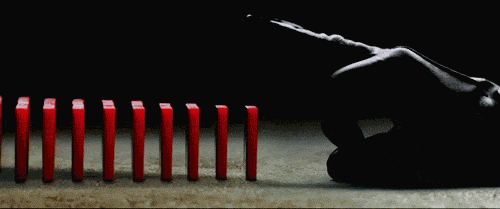
Dark Night of the Soul
The Dark Night of the Soul immediately follows the All Is Lost moment. Our protagonist has been stripped of any sense of control and is completely humbled. He or she needs to hit rock bottom, and be fully aware of their fall. This is when they confront themselves, and stare into their own soul. This needs to reflect the theme of the entire story.
The Dark Night of the Soul is powerful because it is primal. It makes the audience care about the protagonist even more than before and root for them, because we all innately recognize their pain and fear. For the audience, the more impossible the situation seems at this point, the more bleak and dire, the more rewarding the end will be.
In E.T. The Extra-Terrestrial, this moment is so beautifully realized. Elliot gives his final, touching speech to E.T., says his goodbyes, and says that he loves him. He closes the lid on E.T.’s sarcophagus and moves on.

Dumb and Dumber is a lot less elegant, and far more abrupt, and it hits this beat with a mallet, but hit it it does. Lloyd takes a wrong turn and ends up driving all night through Nebraska, causing Harry to give up and walk home. Their friendship is seemingly over, until Lloyd TOTALY REDEEMS HIMSELF.

Rally, Regroup and Reload
The Dark Night of the Soul shouldn’t last too long. The audience doesn’t want to see your protagonist sulk or throw themself an extended pity party. The Dark Night of the Soul should last long enough to get our audience reinvested.
Now it’s time to rally, regroup and reload.
Thanks to a new inspiration, or last-minute idea, the protagonist is resurrected and has a sudden rush of renewed hope. This is a proactive decision by the protagonist to move forward in response to the All Is Lost moment after experiencing the Dark Night of The Soul. The protagonist makes a plan to synthesize his beginning skills in Act 1 with the newly acquired skills from Act 2 and use them both to overcome the main conflict.
At this point, we’ve got our audience and they should be jazzed for what is about to come.
In the Matrix, Morpheus is captured, and everyone is either dead or injured other than Trinity and Neo. We get a little pause for the Dark Night of the Soul, but then Neo recontextualizes the Oracle’s message. And what does Neo need to go on his fool crusade?
“Guns. Lots of Guns.”
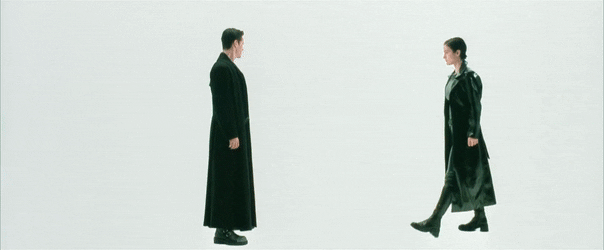
The Final Battle
The Final Battle is the main character’s final confrontation with the primary obstacle. This is the battle that determines the outcome of the war, once and for all. There will be no more chances. The goal will be achieved, or not. The audience will know the answer to the Dramatic Question, “Will the protagonist attain the goal?” This is where we get the answer, yes or no.
Once the Dramatic Question is answered, the story is essentially over. We’ll likely need just a bit of wrap-up to bring a feeling of closure and satisfaction. But that’s about it.
The best Final Battles have their own three part act structure too. We cannot have the hero win easily. He needs to have false peaks and suffer false collapses. The plan that was devised when he Rallied Regrouped and Reloaded can’t go off without a hitch, and he needs to continue to improvise. And it gets extra points if it should spread into multiple locations and set pieces.
The Matrix has a superb third act. It begins with a shoot-out in the lobby —
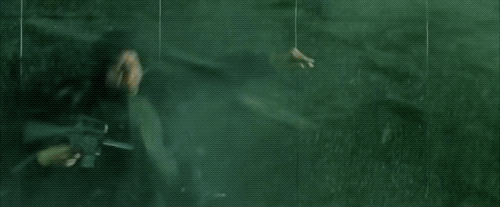
To Neo’s first brush with bullet time on the rooftop —
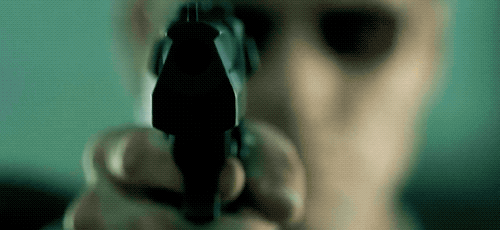
And then an amazing helicopter sequence —
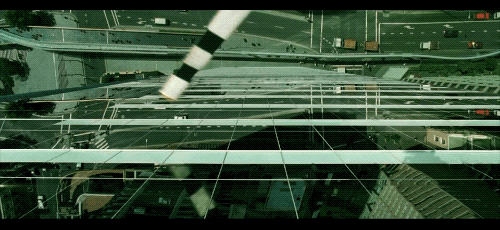
Back down to the underground with a spectacular kung fu fight —
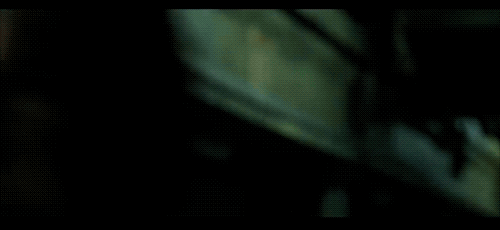
Which cumulates in a false peak —
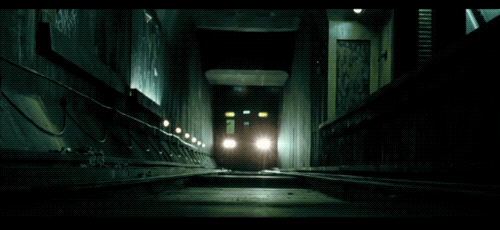
And now our B-Story characters are being attacked by mechasquid Sentinels while Neo evades the agents running through the city as they quantum leap into dozens of people —
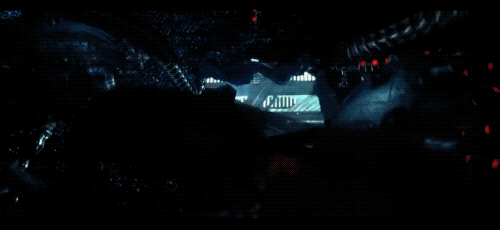
Which in turn cumulates in a false collapse —
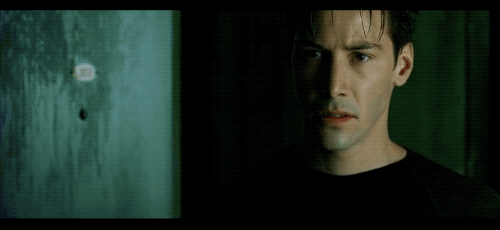
Leading directly into our big climax.
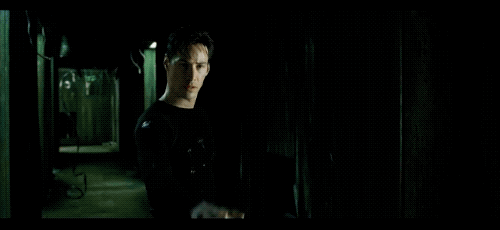
Each of these scenes and set pieces progressively raise the stakes and create even greater tension, each outdoing the previous. That’s how you engage the audience and push them to the edge of their seats. Now it’s time to nudge them over.
Climax
Win or lose, the Climax should be a thing of pure beauty. This is what the entire journey has been about. This is the ultimate moment of the story, and this is the biggest pop. You’ve brought the audience to the edge of their seats, now get them up on their feet and applauding.
This moment should ideally fold the entire story together, applying a lesson that the hero learned to the final fight and defeating the baddie. Or having the hero finally grok that lesson as it’s weight finally sinks in.
We know all of the moments by heart because they won our hearts.
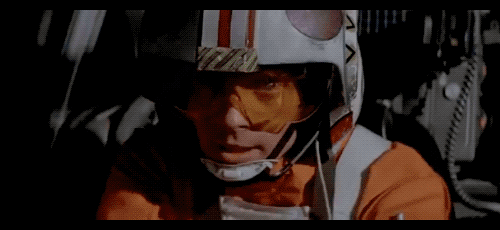
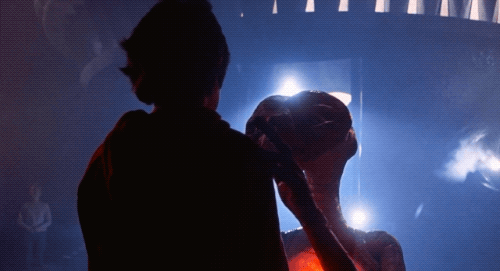

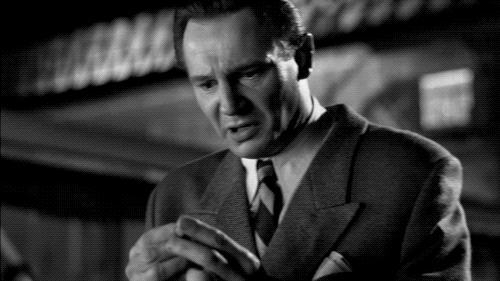
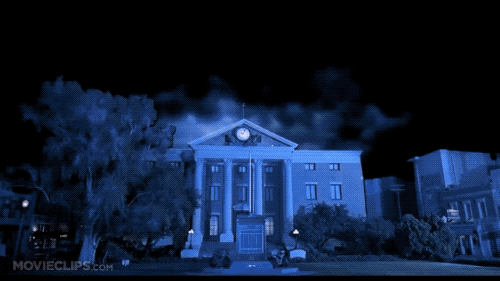
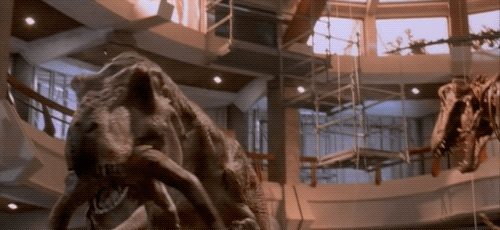
Dénouement and Catharsis
During the Dénouement, we give the audience a moment to breathe before they get up and leave. The word literally means “to untie a knot”, and as the storyteller, that’s what we are doing. We tied our audience’s stomach up into knots, and now we release that tension and relieve all anxiety.
A comedy ends with a dénouement in which the protagonist is better off than at the story’s outset and a tragedy ends with a catastrophe, in which the protagonist is worse off than at the beginning of the narrative.
This is the final moment we have with our audience, so make it count.